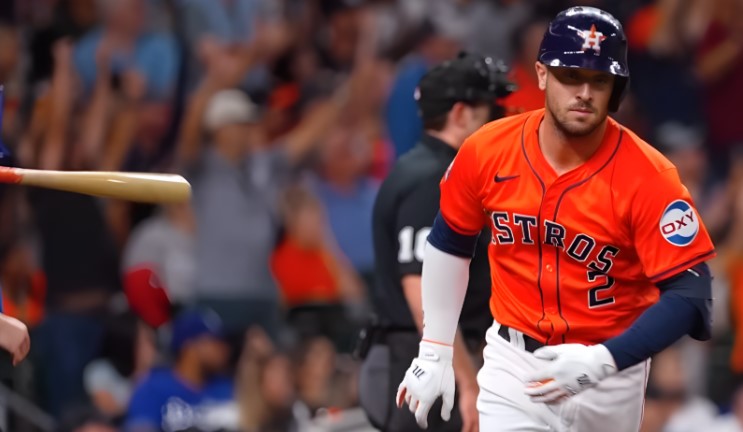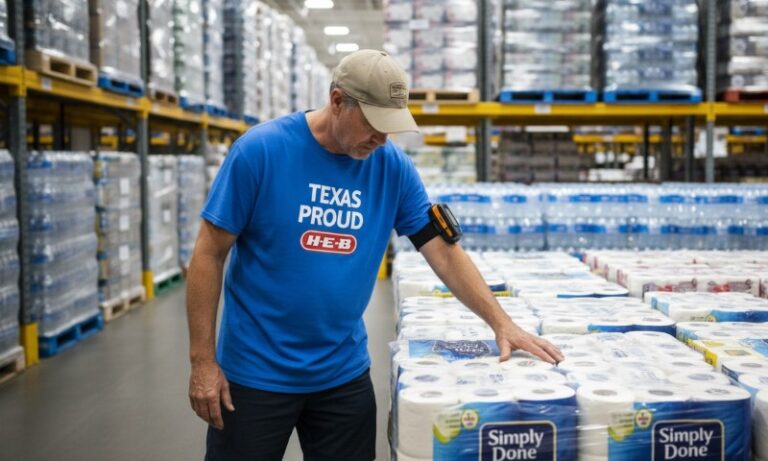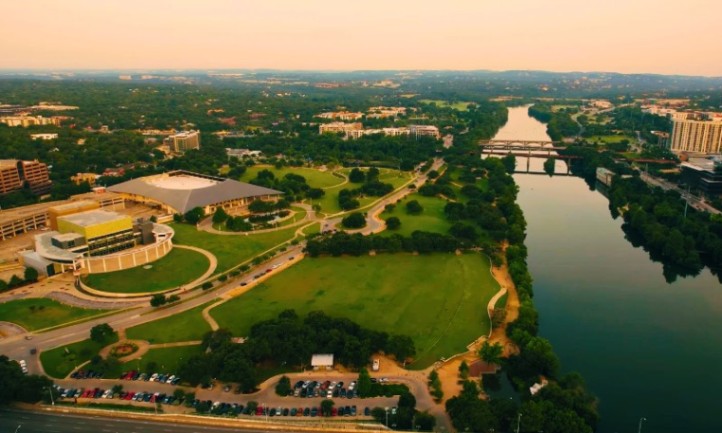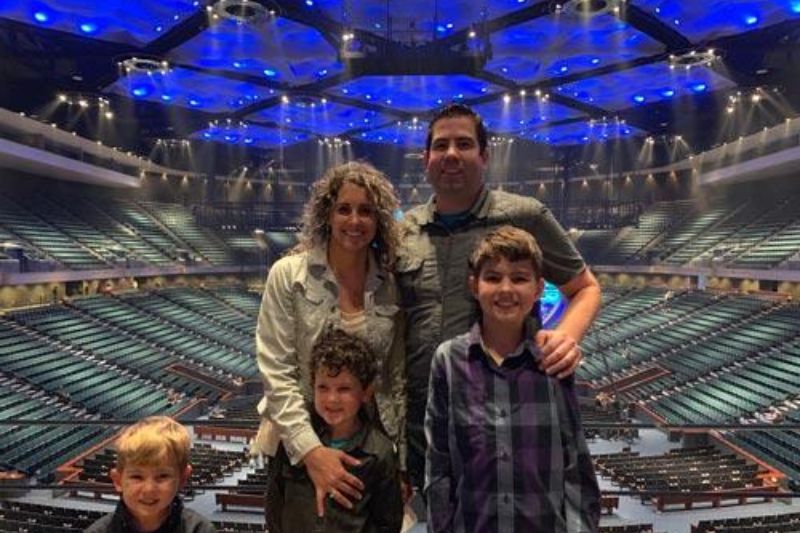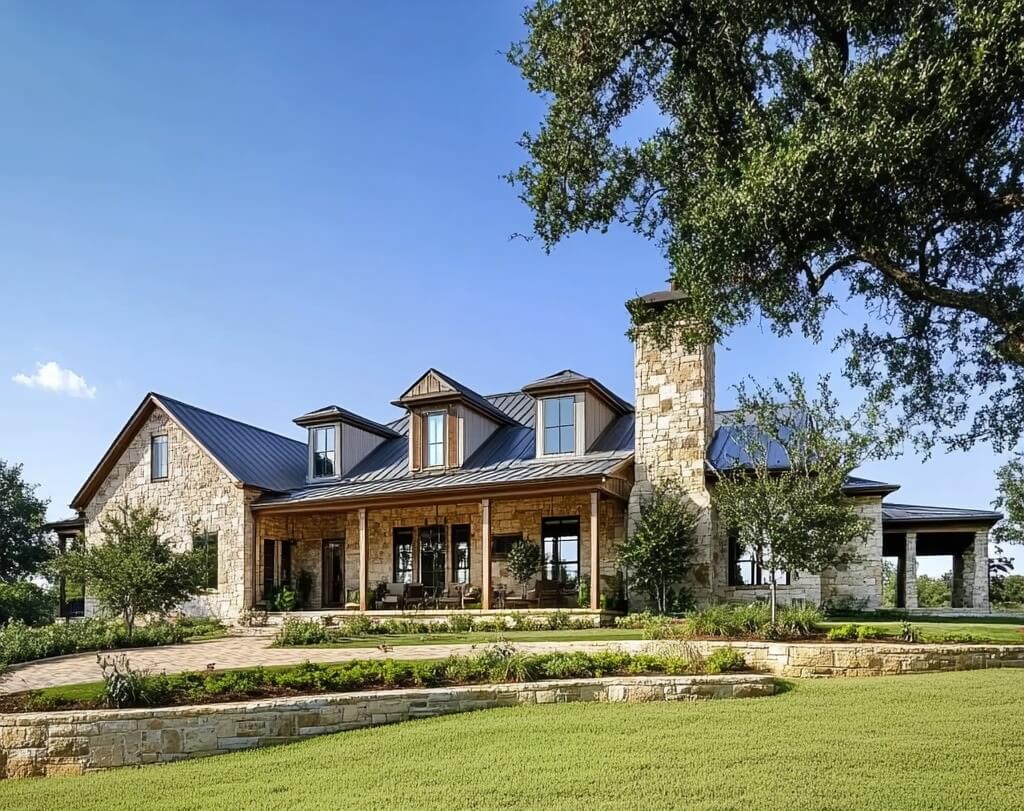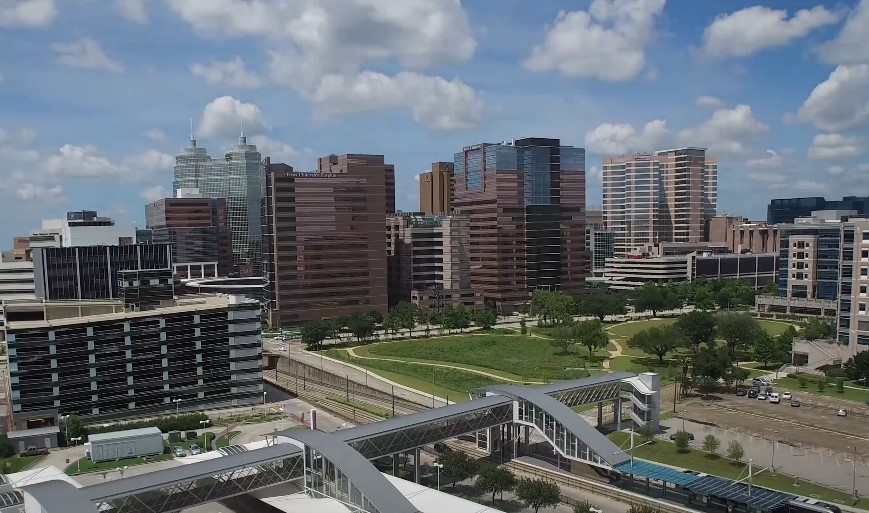Houston’s most dangerous intersections are not just the result of high traffic volume—they’re often the product of poor design, limited visibility, confusing signals, and aggressive driver behavior.
Based on crash data from the Houston Police Department, Texas Department of Transportation (TxDOT), and recent studies by transportation experts, some intersections and roads consistently rank among the worst for accidents in the city.
Table of Contents
Toggle1. Westheimer Road at South Gessner Road – Southwest Houston
This intersection sits in a densely commercial corridor that handles tens of thousands of vehicles per day. With multiple lanes in each direction, constant turning traffic, short signal cycles, and frequent jaywalking, Westheimer and South Gessner is a perfect storm of risk.
Key Hazards:
- Drivers often speed to beat red lights due to short yellow phases.
- Pedestrian crossings are poorly marked despite heavy foot traffic.
- Lane changes near the intersection are abrupt due to poor signage and congestion.
Crash Trends:
According to TxDOT’s Crash Records Information System, this intersection had over 180 reported crashes in 2023 alone, many involving side-impact collisions during peak hours. Local tow truck drivers consider it one of their busiest zones in the city.
2. 610 West Loop at I-69/US-59 Interchange – Galleria Area

This massive multi-level interchange is a convergence point for some of Houston’s busiest freeways. Drivers face multiple decisions in just seconds—merging, exiting, and navigating complex ramp structures.
Design Issues:
- Inadequate merging space between lanes.
- Poor lane markings confuse unfamiliar drivers.
- Traffic bottlenecks during peak hours increase the frequency of rear-end crashes.
Accident Profile:
Most incidents here involve rear-end collisions and sideswipes during high-volume commute times. The interchange also sees a higher rate of multi-vehicle pileups than most other parts of Houston.
Local Note
Even experienced commuters avoid this area at rush hour if they can. Lane shifts are frequent due to ongoing construction projects, which only add to the chaos.
3. Bissonnet Street at Wilcrest Drive – Alief Neighborhood
This intersection is located in a high-density residential and retail area of southwest Houston. It’s also been the focus of HPD’s traffic enforcement due to illegal racing and frequent speeding. In 2022 and 2023, it consistently ranked among the top 5 intersections for crash frequency citywide.
Why It’s a Problem:
- Traffic signals are often ignored or misjudged.
- Many drivers illegally turn left or U-turn due to impatience.
- Crosswalks exist, but are rarely respected by drivers.
Safety Risk:
Bissonnet and Wilcrest havee one of the highest rates of pedestrian accidents in Houston. The lack of adequate lighting and poor visibility at nighworsensen the danger, especially fal residents walking to nearby stores and schools.
4. FM 1960 at Cutten Road – Northwest Houston
Where Suburb Meets Chaos:
FM 1960 is a heavily trafficked east–west corridor running through the north and northwest suburbs. The intersection at Cutten Road has grown increasingly dangerous due to rapid suburban expansion and inadequate road updates.
What Makes It Risky:
- High-speed approach from both directions.
- Short turning lanes that spill over into straight-through traffic.
- Left turns are frequent but poorly managed by signals.
Crash Data:
TxDOT recorded more than 90 accidents in this intersection in 2023, many involving turning vehicles. Rear-end crashes are especially common due to sudden stops and poor signal timing.
Additional Concern:
The intersection is particularly dangerous during storms. Poor drainage often causes temporary flooding, which leads to hydroplaning and loss of vehicle control.
5. I-45 North Freeway near Crosstimbers Street – Northside Houston
A Deadly Stretch:
This section of I-45 is one of the most dangerous freeway segments in the greater Houston area. With its mix of high-speed lanes, poorly maintained pavement, and heavy truck traffic, the risk level is exceptionally high.
Factors at Play:
- Narrow shoulders make it difficult to avoid disabled vehicles.
- Lane drops create sudden merge points with little warning.
- Heavy freight traffic and passenger vehicles mix unpredictably.
Fatality Rates:
According to HPD crash analysis, this area experiences a disproportionate number of fatal accidents, many involving motorcycles and commercial trucks. In some cases, collisions here have led to full freeway closures for hours.
When It’s Most Dangerous:

Late-night and early-morning hours see more crashes in this area, particularly involving drowsy or impaired drivers. Accidents during these times often result in rollovers or vehicles leaving the freeway entirely.
No matter how defensive you drive, Houston’s worst intersections put you at the mercy of other drivers. That’s especially true for motorcyclists, who face increased risks in multi-lane collisions and congested interchanges.
If you’ve been involved in a crash—particularly while riding a motorcycle—navigating insurance, liability, and injury recovery can be overwhelming. This is where a skilled League City motorcycle accident lawyer can provide essential support. With legal help, victims can often recover significantly more in damages than through insurance alone, especially in cases involving long-term recovery, disputed fault, or lost wages.
Accident Frequency
| Location | Annual Crashes (2023) | Common Crash Types | Peak Danger Time |
| Westheimer & South Gessner | 180+ | Side-impact, left-turn | Weekdays, 4–7 PM |
| I-610 at I-69 (Galleria Interchange) | 150+ | Rear-end, multi-vehicle | Weekdays, 7–9 AM |
| Bissonnet & Wilcrest | 140+ | Pedestrian, speeding | Evenings, 6–10 PM |
| FM 1960 & Cutten | 90+ | Left-turn, rear-end | Weekends, 12–6 PM |
| I-45 near Crosstimbers | 110+ | Fatal crashes, rollovers | Nights, 11 PM–3 AM |
Data from TxDOT Crash Records Information System and HPD Traffic Enforcement Division, 2023
Final Thoughts
Driving in Houston means constantly adjusting to high speeds, aggressive drivers, and unpredictable road conditions. These five hotspots stand out not just for the number of accidents, but for the complexity and risk factors that make them particularly treacherous.
Staying safe involves more than good driving habits—it requires situational awareness, avoiding peak hours when possible, and understanding where the true danger lies.
For regular commuters, delivery drivers, motorcyclists, and families, knowing the geography of risk can save lives. And for those already impacted by serious accidents, the right legal representation is often the most important step toward recovery.
Related Posts:
- Exploring the Charm of Typical Texas House Designs -…
- Hurricane Beryl Causes Widespread Power Outages as…
- I‑45 Accident Statistics 2025: Why Houston Stays the…
- What Makes Houston a Key Player in the Oil, Mining,…
- Top 3 Categories Driving Inflation in Dallas and Houston
- Top 5 Must-Visit Bars in Houston for 2025



